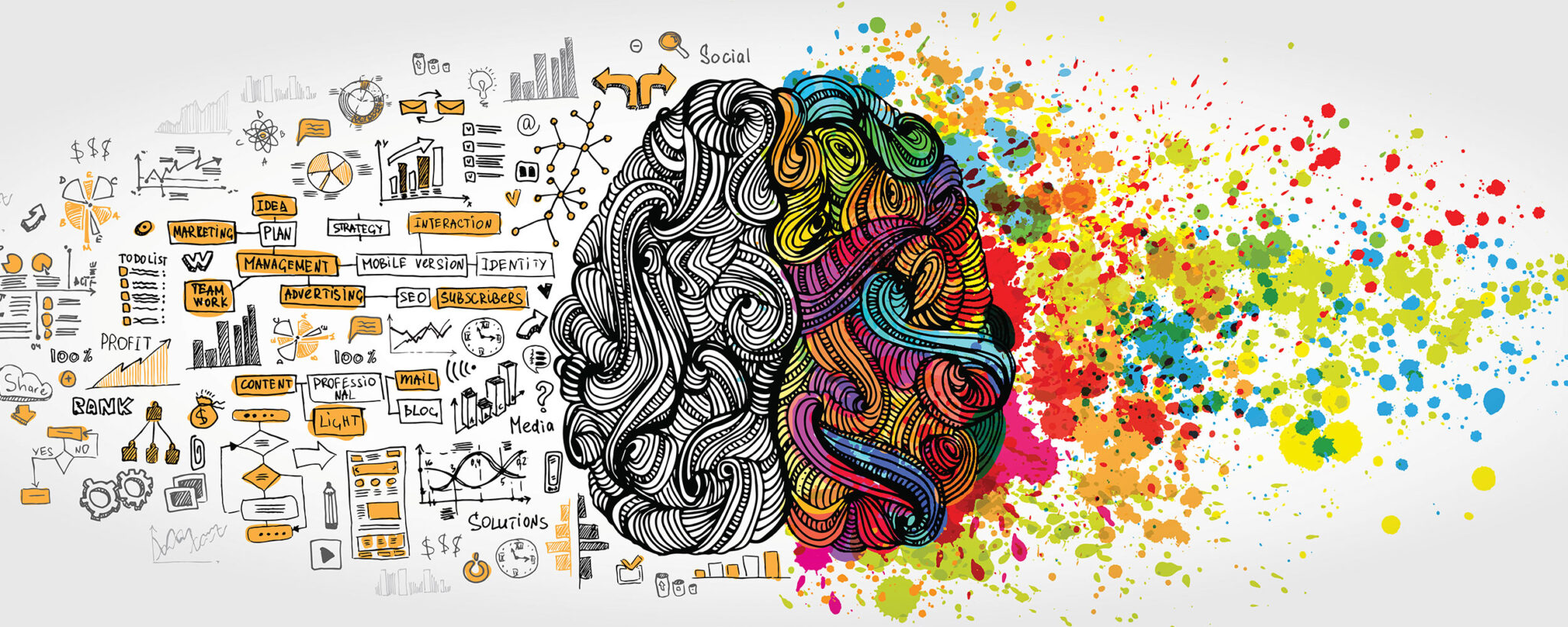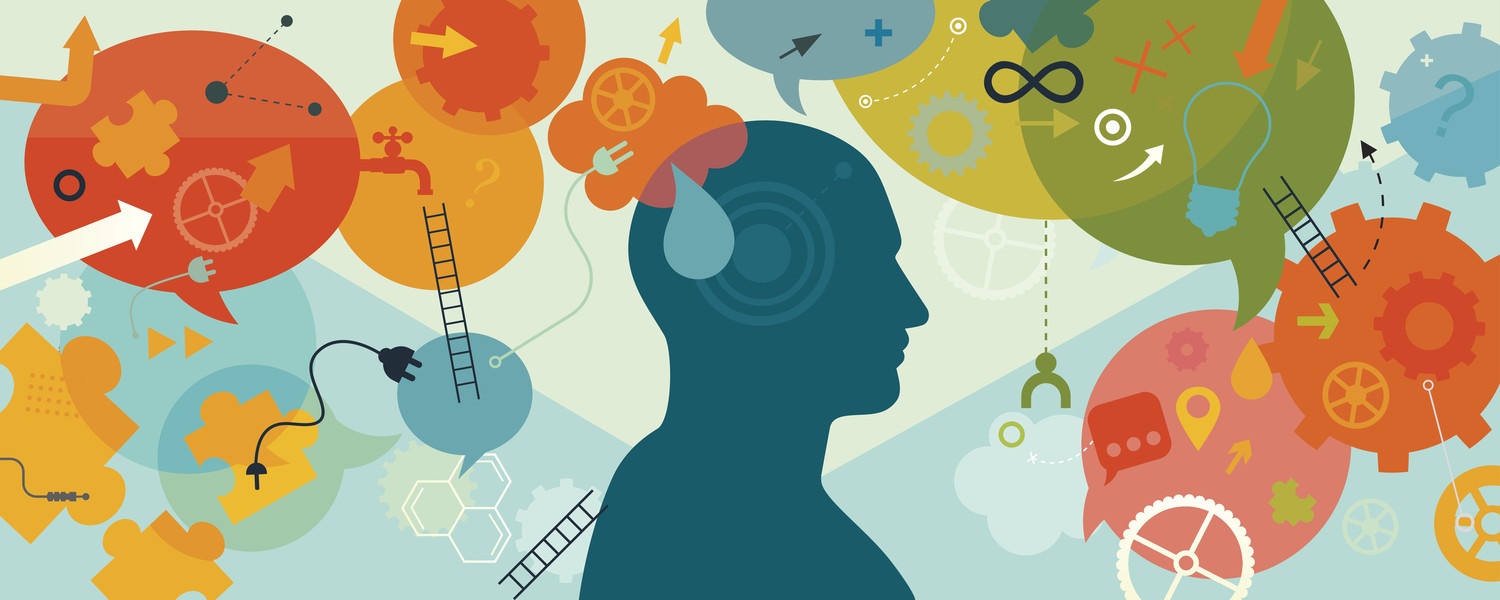
Balancing Analytics and Creativity in Marketing
Marketing used to be reserved for the artistic, creative types. The ones that could connect with an audience in a personal way and target consumers that make emotionally-driven decisions, rather than purely logical ones. While marketing is still geared toward connecting with the audience, it now relies heavily upon data and analytics, forcing creativity to take a backseat to results that can be measured and reproduced.
New challenges in modern marketing are killing creativity, with the focus on metrics leaving important concepts, such as brand building and customer loyalty, low on the list of priorities. There’s no question that analytics are important in determining the success of marketing efforts, but could there still be room for a creative mind to thrive?
The Role of Analytics and Creativity in Marketing
As organizations become more and more interested in measurable, data-driven results, the overall mindset is nearing a belief that creativity can’t yield results, or at least not results that can be effectively measured and analyzed. Metrics are an important part of the marketing process, since they record marketing performance and optimize the return on investment, but that’s not the whole picture. Gaining an edge in the market requires the innovation to stand out, a goal that can’t be achieved by pure analytics alone. These concepts are opposing, but that doesn’t mean they don’t each have their place in a marketing campaign.
When it comes to brand building in a market that longs for emotional connection and innovation, relevant, authentic and lasting impressions are necessary, which require a mix of art and science. Impactful messages need to blend with data research in the design process to craft campaigns that target the audience and give them something new and exciting.
To really get ahead of the competition and stand out among the noise, businesses need to find a way to achieve a collaborative relationship between analytics and creativity in marketing.
Where Does Emotion Fit with Data Collection?
Data-driven marketing bridges the gap between the marketing campaign and the sale, providing valuable insight into the consumer’s wants and needs. This information can be used to build strategies and make predictions about future behaviors, which can lead to more satisfied current customers and attract new ones.
That said, what happens when competitors use data on the same users to develop their marketing campaigns? Maybe the majority of the target audience will gravitate toward the same, but the ones looking for the new, the exciting and the innovative will constantly seek out different avenues.
Data is important to all types of marketing campaigns, but without creativity, how can it be used to feed into the emotions and needs of the unique consumer?
So much of marketing is about effective storytelling that makes a real connection with the audience, which can’t be achieved with pure data alone. Data on its own isn’t useful, but when it’s used to inform a marketing strategy that’s based around the needs of the customer, it’s a powerful tool that saves time and ensures the message is going in the right direction and getting to the right audience.
Elements of Creativity in Modern Marketing Campaigns
The goal of marketing is to drive business, so even the most creative campaign needs to still be effective and should consider the data and the overall goals and message of the brand.
Here are some questions to consider in crafting an effective, creative message:
- Is your ad intriguing? Does it stand out?
- Does the ad incite emotion or make you think?
- Is the message compelling? Is the point easily understood?
- Is the message consistent with the rest of your brand’s message?
It’s no surprise that originality has a huge impact on a campaign’s ability to drive sales. Other aspects of the campaign, such as flexibility and artistic value, are only worthwhile if they can connect to the overall purpose of the campaign and the larger brand identity. Relevant content that provides value and purpose to your audience always drives the message, but creativity can bring it full circle to something that resonates with the audience.
Bridging the Gap
Working analytics and creativity into the production cycle requires an equitable relationship between the two. As much as it can be too easy to fall into a pattern of metrics and data to make decisions, the need for innovation can put too much focus on creativity without regard for the analytics that drive it.
The creative process is still a process. It needs to account for the broader needs of the brand and its goals through the use of analytics. Data identifies and provides insight to the problem and its possible solution to fuel the innovation, which can then be validated in a constant feedback loop that leads to future developments.
The greatest innovations often come from unbridled brainstorming sessions, which can often become too abstract or off the mark. Analytics can provide an anchor here as well, with constraints that bring the ideas back to the original goal and keep the production process moving in the right direction.
Take Your Innovation to the Next Level with Geary Company
You can’t emotionally engage with data, but you can use it to find inspiration for the next creative solution. Content and creativity always belong at the heart of the campaign, with analytics and data serving as informational tools to guide the ideas and ensure they hit the right audience.
If you’re looking to elevate your marketing campaign, Geary Company can help. With professionals specializing in everything from digital marketing to creative services, our team can help you come up with a marketing campaign that’s tailored to suit your unique business goals. Contact us today to see what we can do for you!




